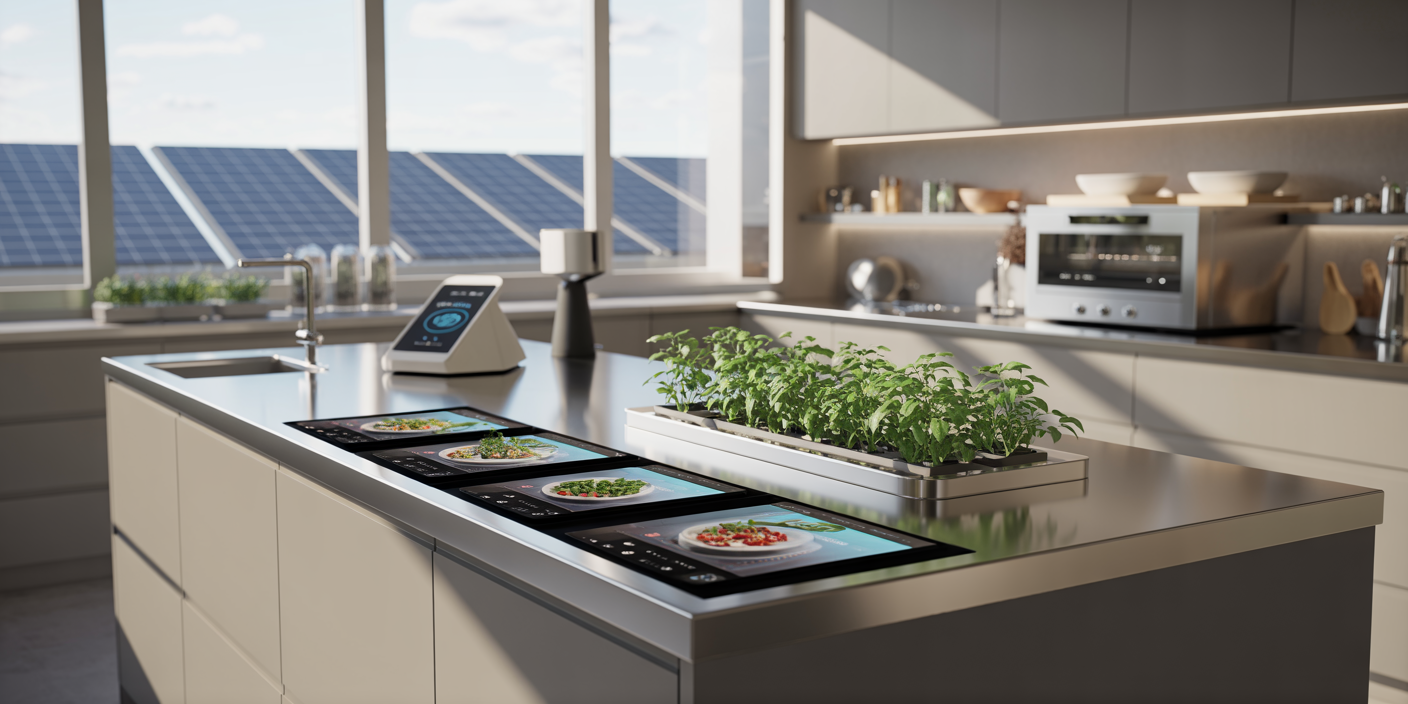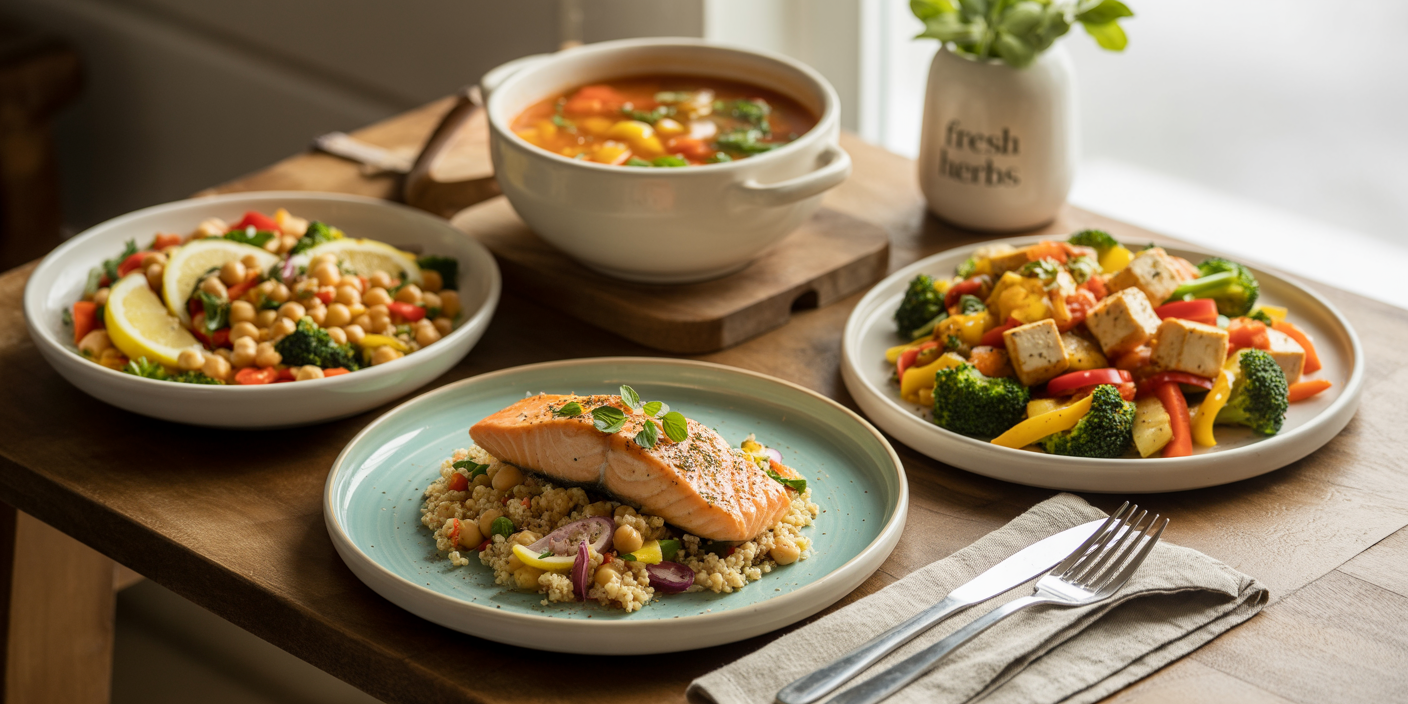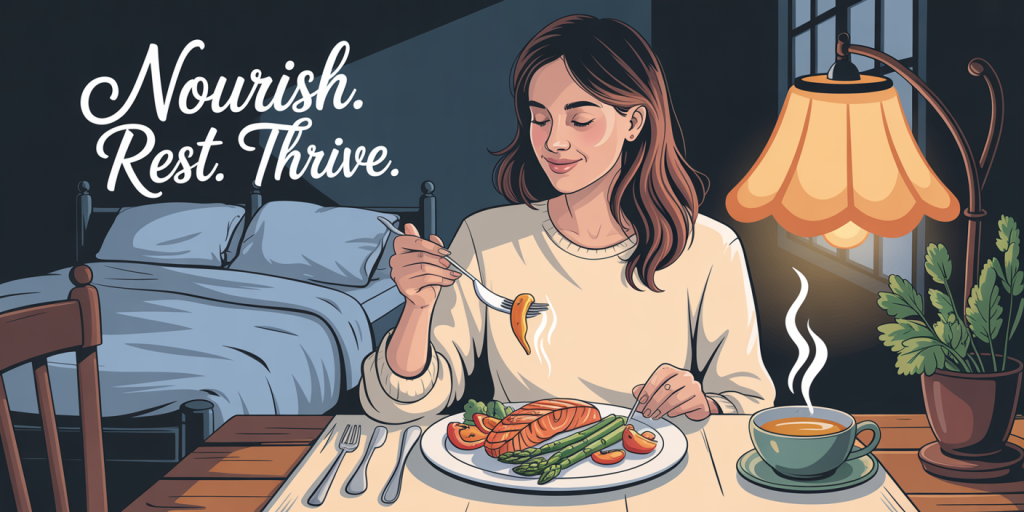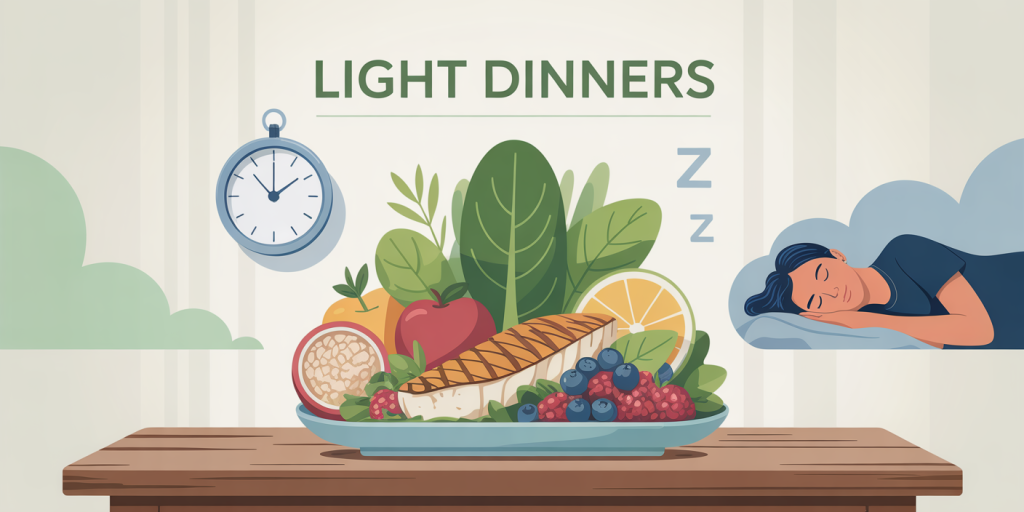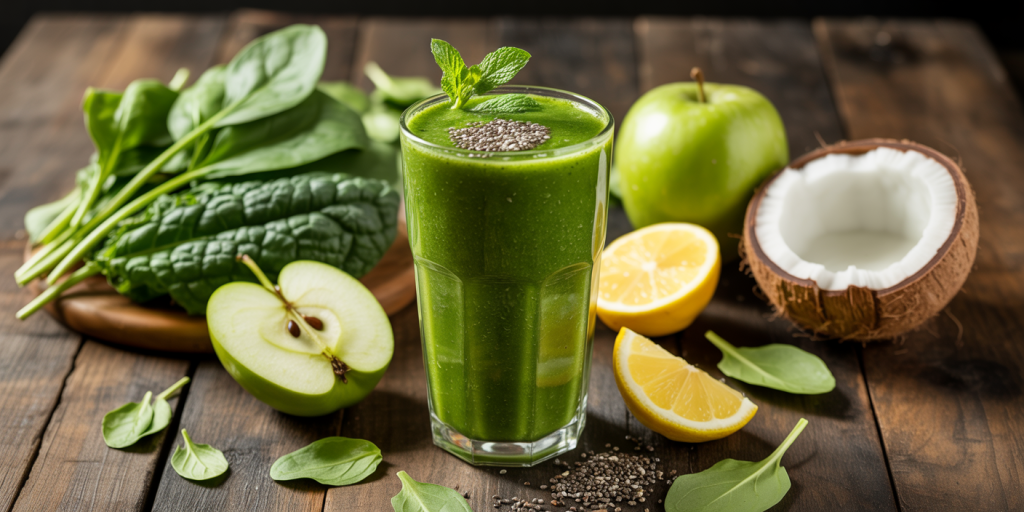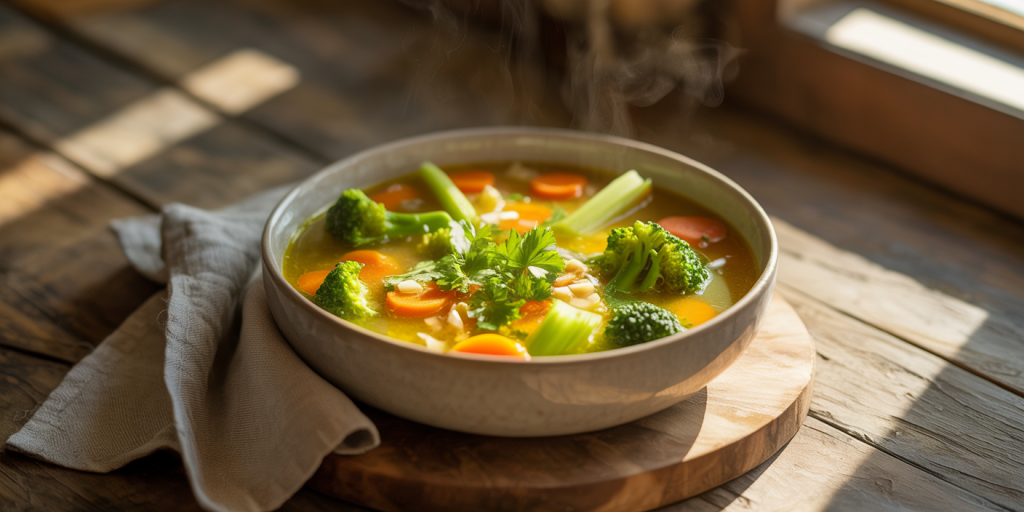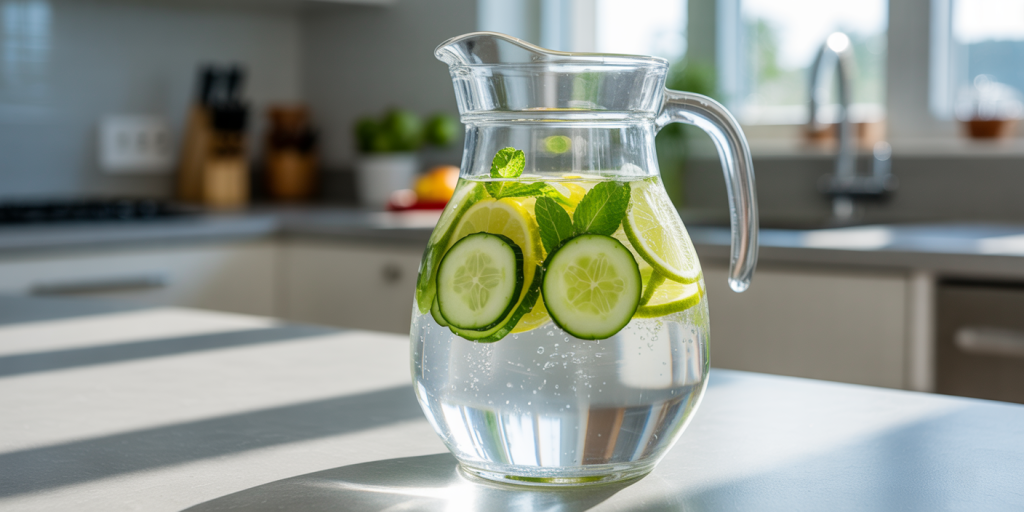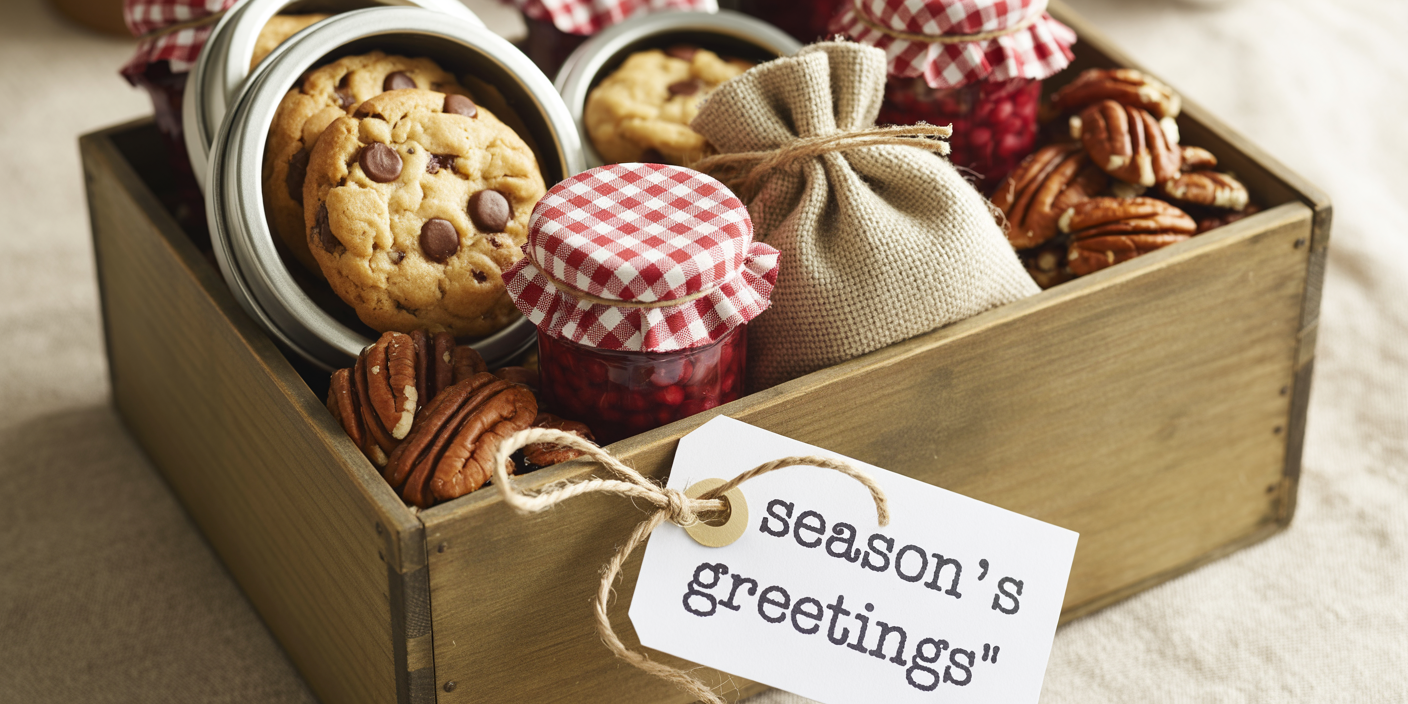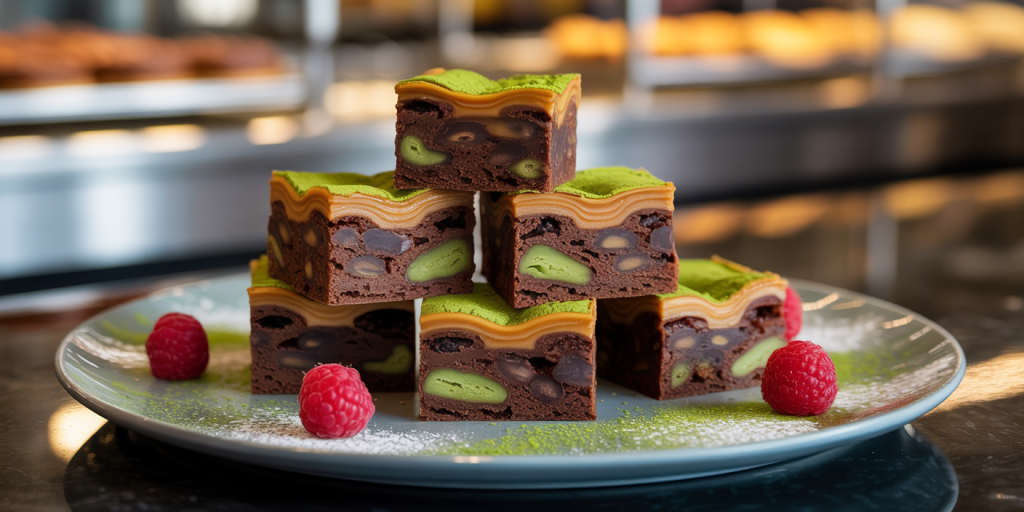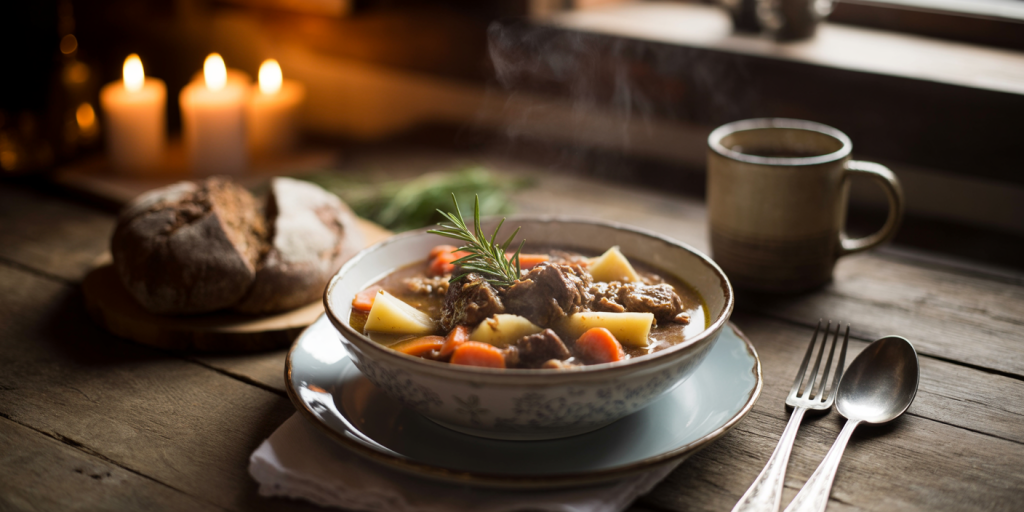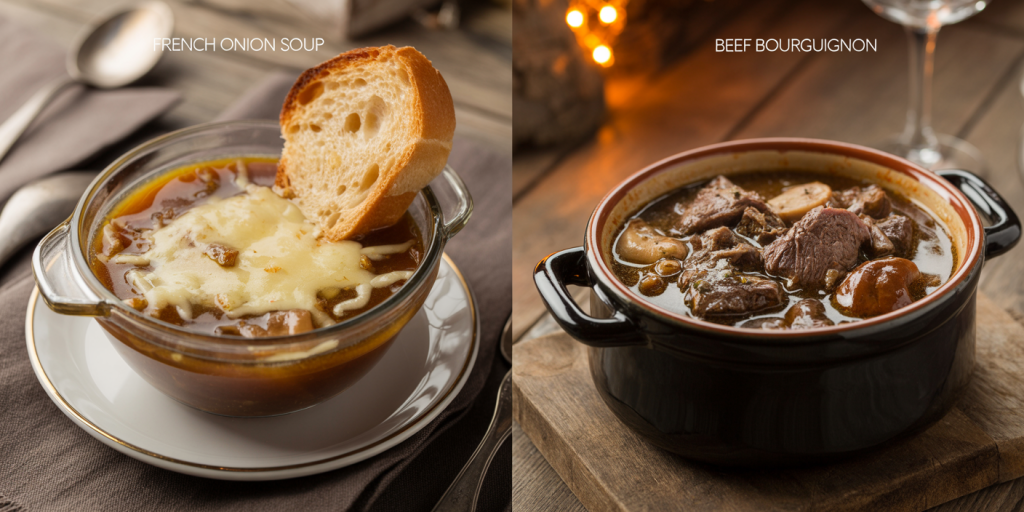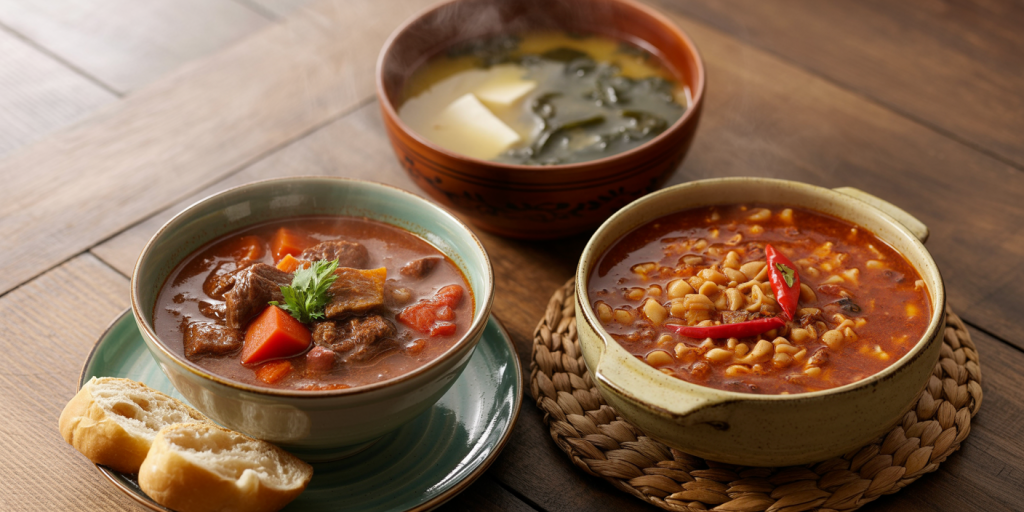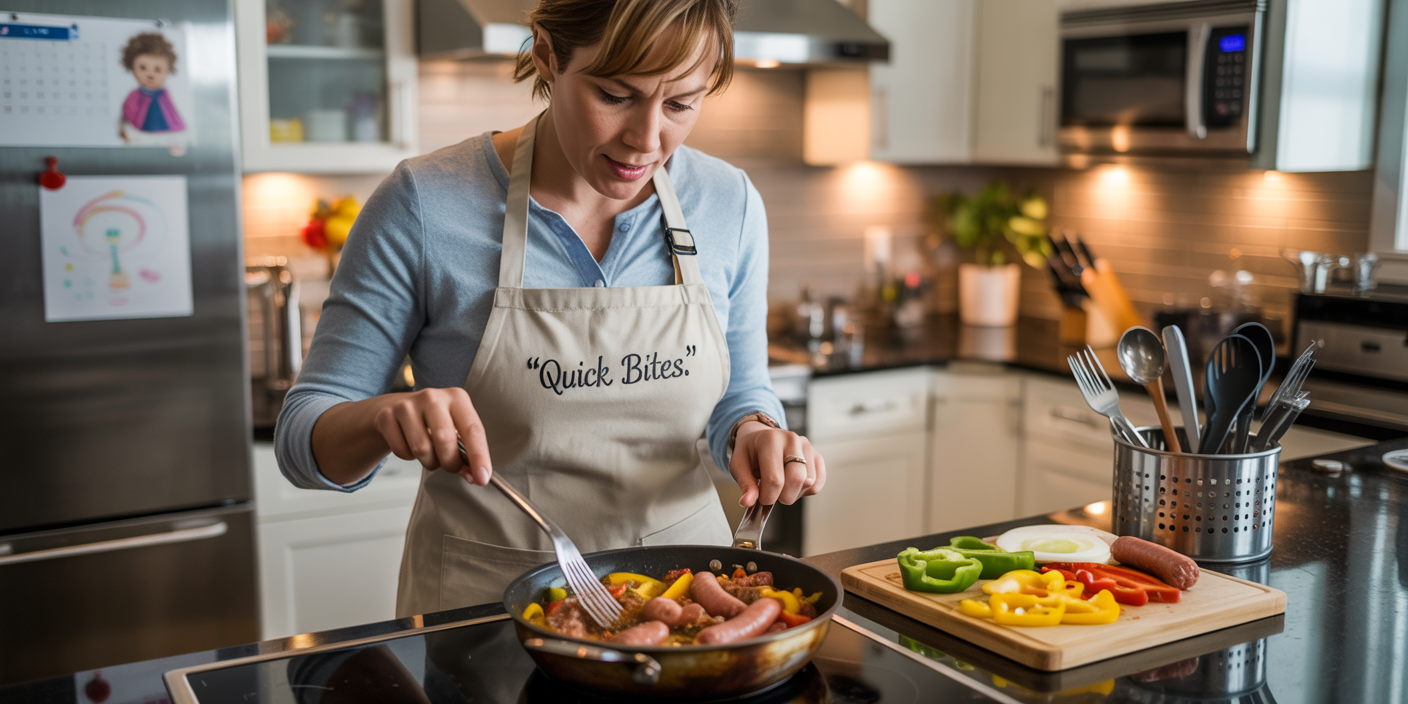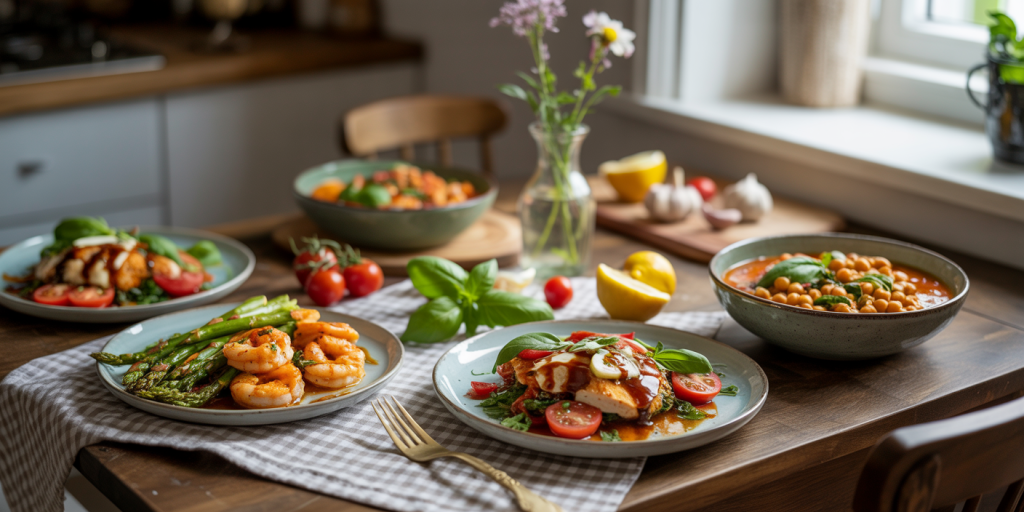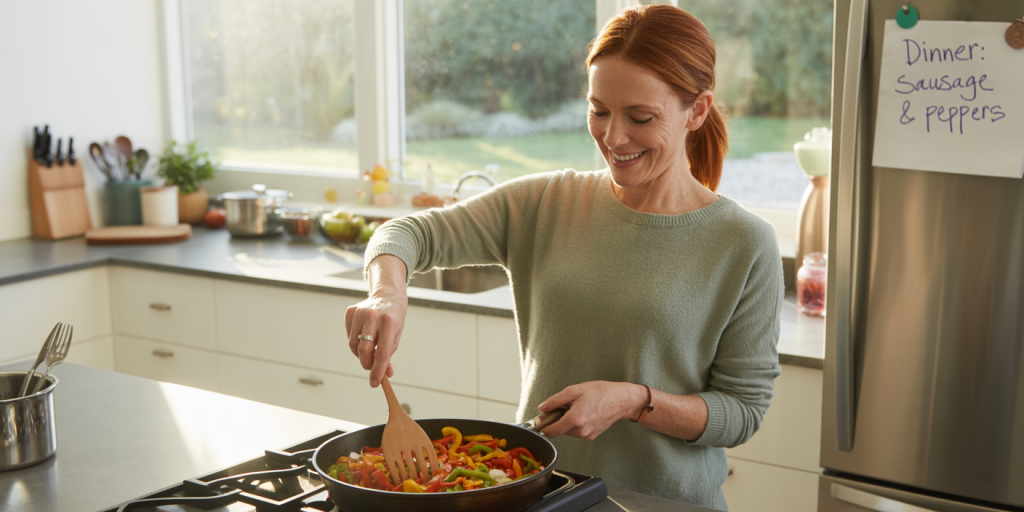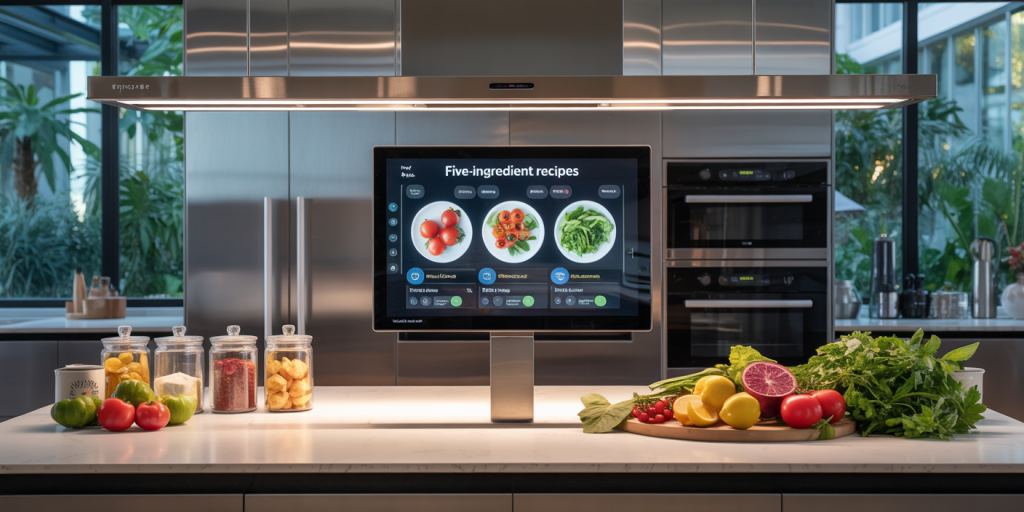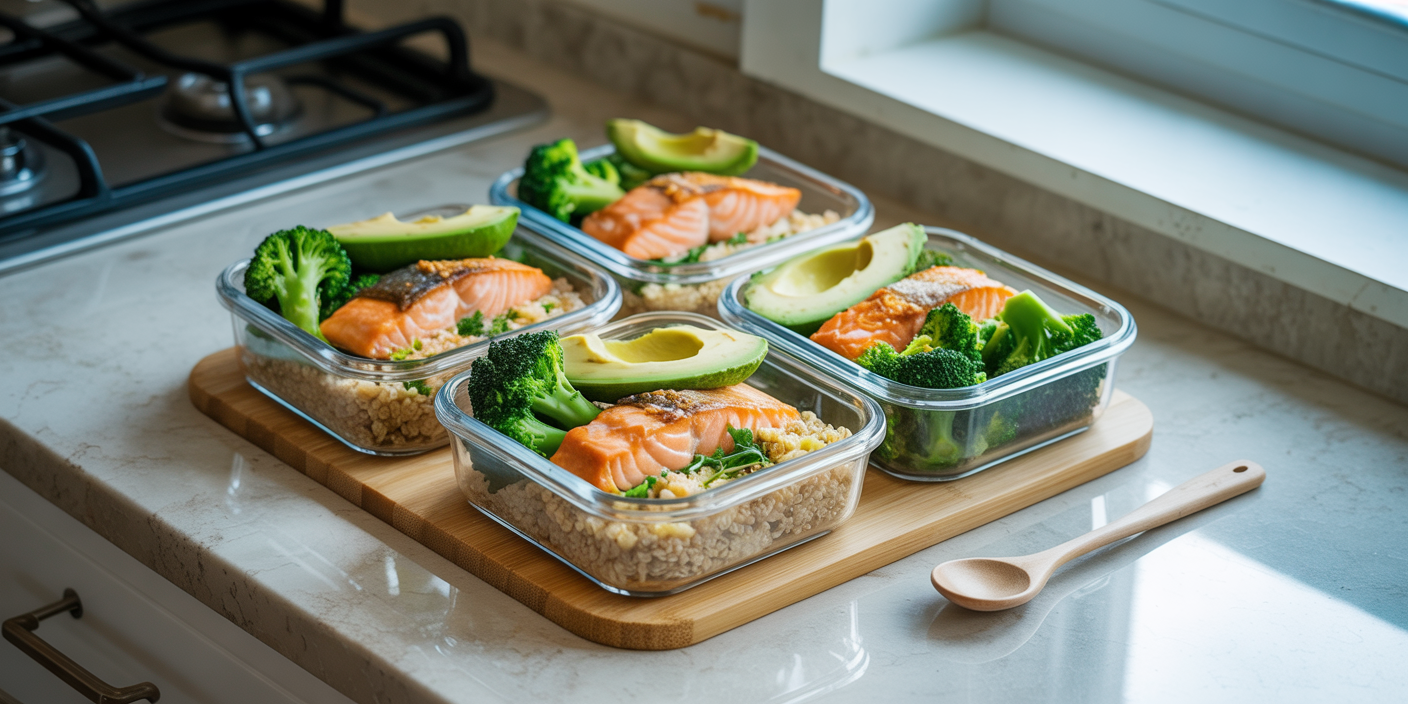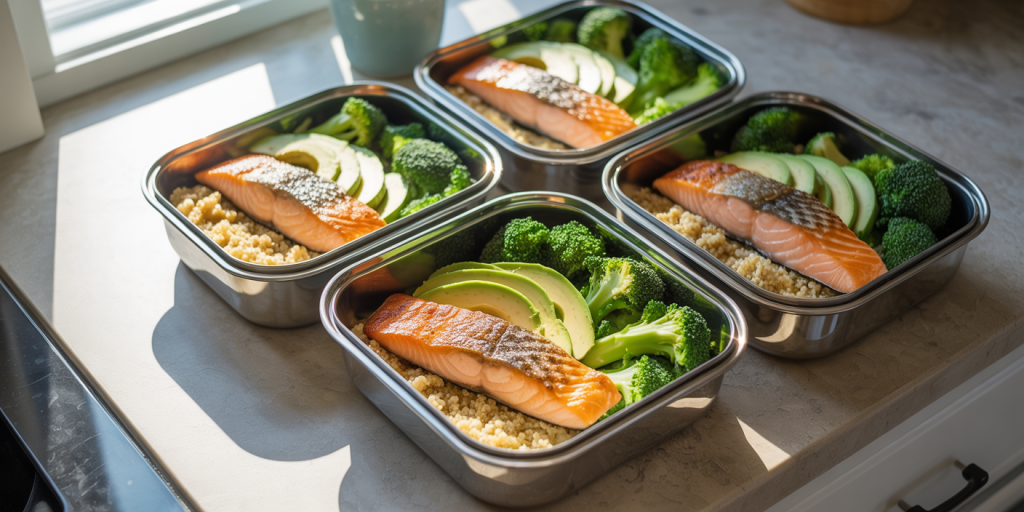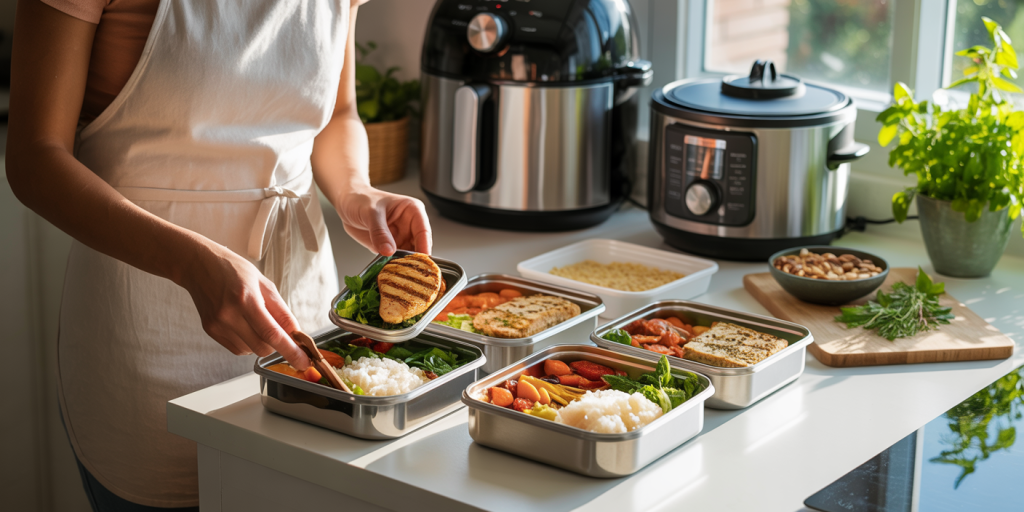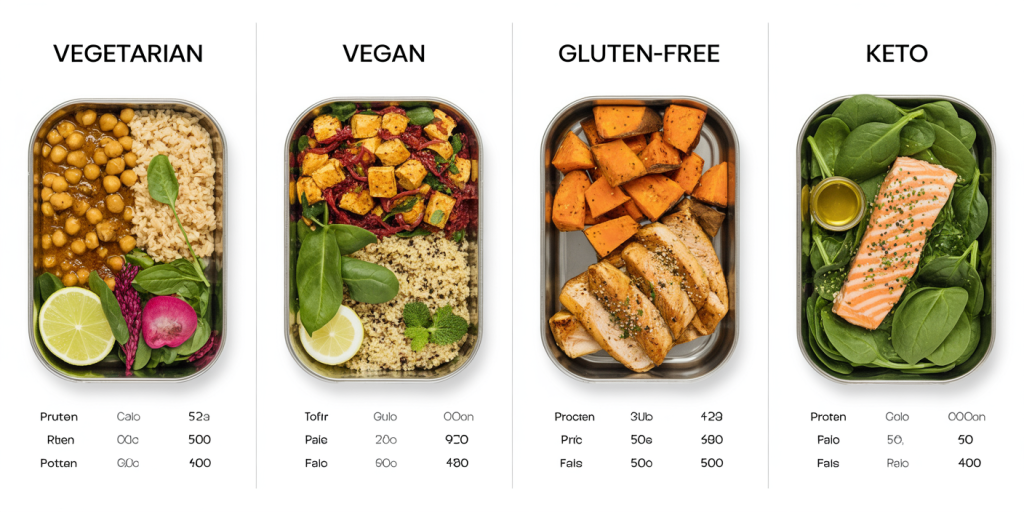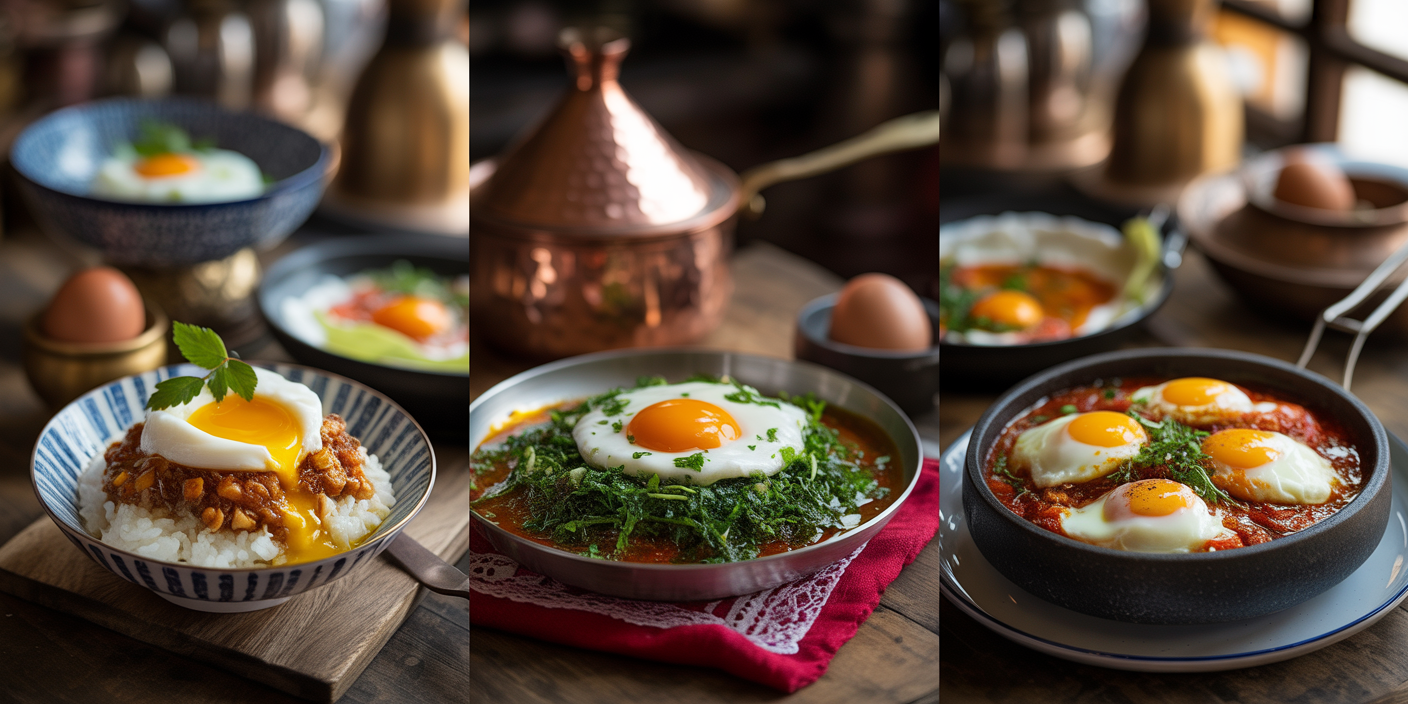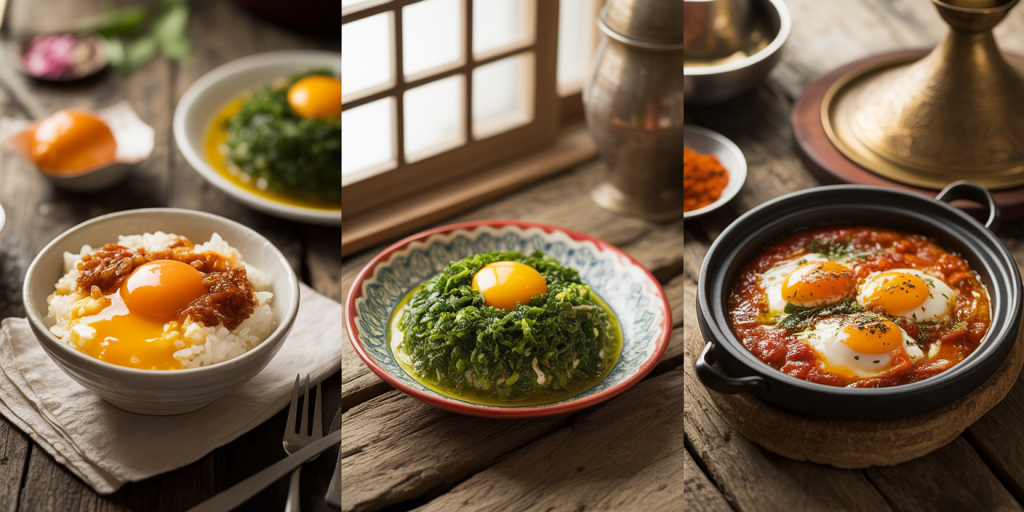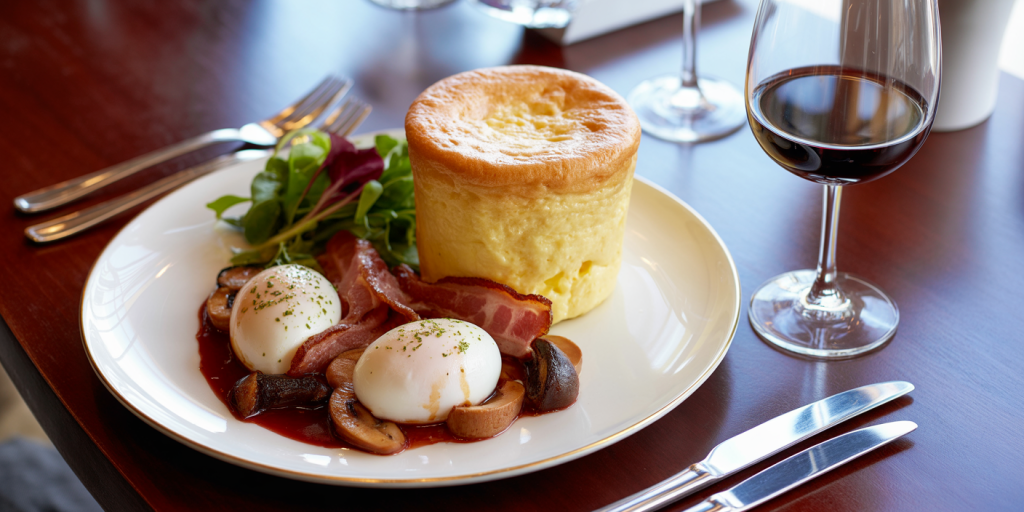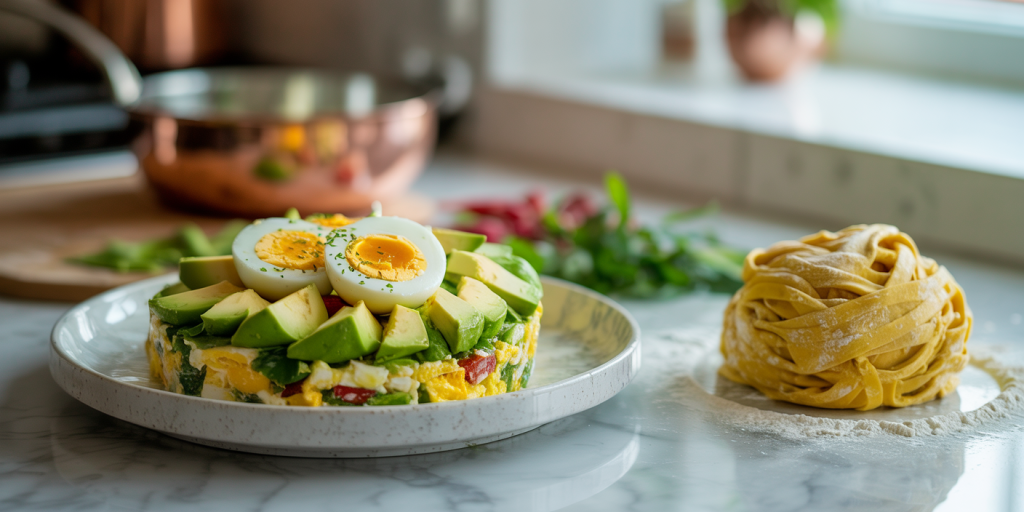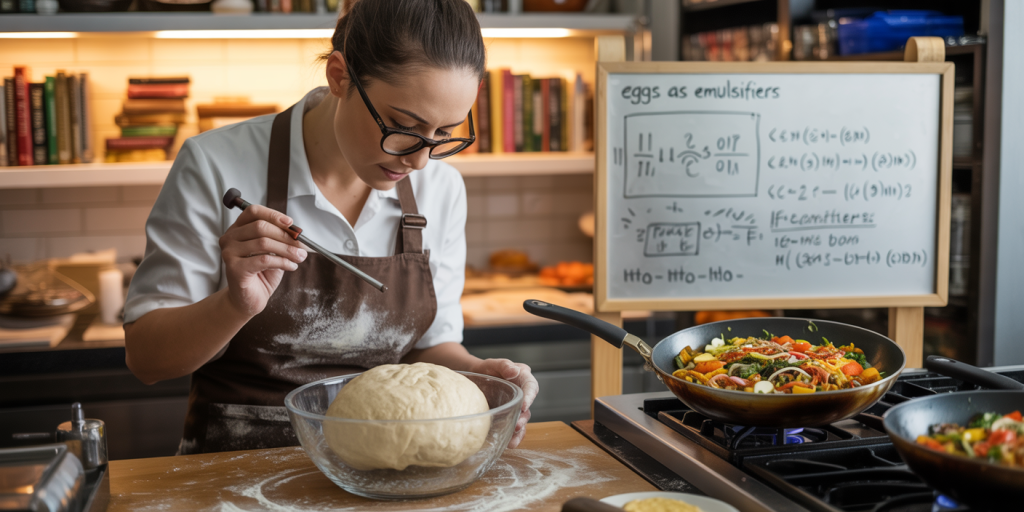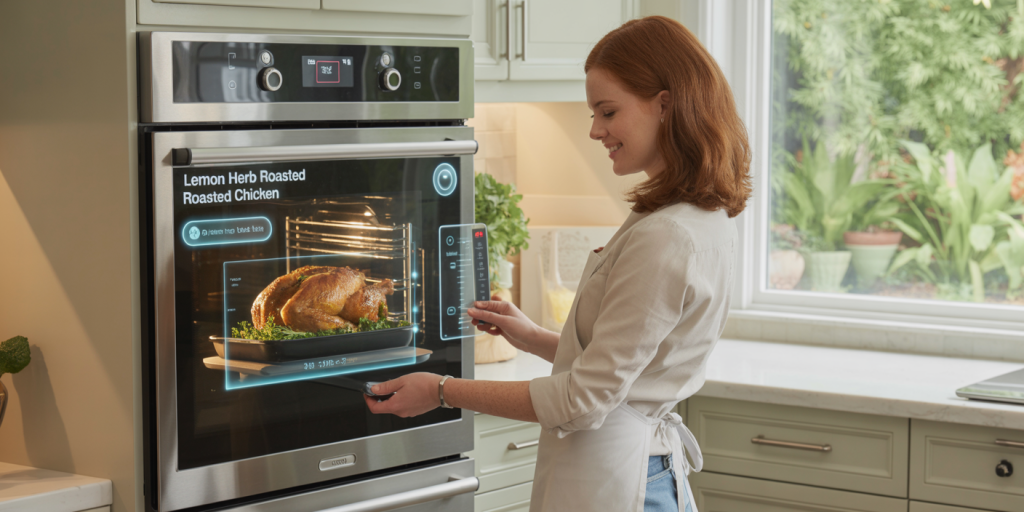Energy consumption during cooking is a significant component of household electricity and gas usage. As global concerns about sustainability and rising energy costs continue, adopting energy-saving practices in the kitchen not only benefits the environment but also reduces utility bills. According to the U.S. Energy Information Administration, cooking accounts for approximately 4% of total residential energy consumption in American homes, a figure that can be greatly reduced with mindful practices. This article delves into effective, practical methods to optimize energy use in cooking, supported by examples, data, and comparative insights for maximum impact.
Understanding Energy Consumption in Cooking Appliances
Different cooking appliances consume varying amounts of energy, which directly affects your electricity or gas bill. For instance, electric ovens generally demand more energy than microwaves due to longer heating periods and higher temperature requirements. A study by the Lawrence Berkeley National Laboratory found that electric ovens use about 2.3 kWh of electricity per hour of cooking, whereas microwaves average between 0.6 and 0.9 kWh per hour, showcasing microwave ovens as a more energy-efficient choice for reheating or small meals.
Gas stoves, while popular for precise heat control, differ in energy efficiency depending on usage and maintenance. Despite gas being a cheaper source of energy, an improperly maintained burner can waste up to 20% of the input energy due to incomplete combustion. Understanding these differences aids consumers in selecting the right appliance and cooking methods to minimize their energy footprint.
Optimize Appliance Usage: Choosing Energy-Efficient Cooking Methods
Choosing the right cooking method plays a pivotal role in saving energy. Methods such as steaming, microwaving, and pressure cooking typically use less energy than baking or boiling. Pressure cookers, for example, reduce cooking times by up to 70%, according to a report from the International Energy Agency, which directly translates into energy savings.

A practical case involves cooking rice. Using a pressure cooker can reduce energy consumption from approximately 0.5 kWh per meal to 0.1 kWh, representing an 80% reduction. Similarly, microwaving leftovers instead of reheating them on a stove saves both energy and time. For larger meals where oven use is inevitable, using convection ovens can also cut baking time and energy use by utilizing a fan to circulate hot air evenly.
| Cooking Method | Average Cooking Time | Approximate Energy Use per Meal | Energy Savings (%) Compared to Boiling |
|---|---|---|---|
| Boiling (stove) | 15 minutes | 0.2 kWh | 0 |
| Pressure Cooking | 5 minutes | 0.06 kWh | 70 |
| Microwave Heating | 3 minutes | 0.04 kWh | 80 |
| Baking (electric oven) | 30 minutes | 1.15 kWh | – |
| Convection Oven | 20 minutes | 0.8 kWh | 30 |
Sources: Lawrence Berkeley National Laboratory, International Energy Agency.
Smart Cooking Practices: Tips and Techniques to Reduce Wasted Energy
Small adjustments in cooking habits can result in significant energy savings. One important tip is to avoid lifting the oven door frequently; every time the door opens, the oven temperature drops by about 25°F, forcing the appliance to work harder to regain heat. Using clear glass lids on pots allows cooks to monitor food without releasing steam, preserving heat and accelerating cooking times.
Preheating only when necessary is another energy-saving strategy. Many dishes don’t require preheating; recognizing which recipes can start in a cold oven avoids unnecessary energy consumption. Additionally, maximizing the use of residual heat can lower energy use for final cooking stages—for instance, turning off electric burners a few minutes before the end of cooking and letting the heat finish the process.
Using the right-sized cookware for the burner is equally critical. Oversized pots on small burners waste heat, while too-small pots on large burners cause heat to escape unnecessarily. The U.S. Department of Energy recommends matching pot sizes to burner dimensions to conserve energy by an estimated 20%.
Maintenance and Upgrades: Enhancing Efficiency Through Proper Care and Technology
Maintaining kitchen appliances in good condition has a direct impact on their efficiency. For gas stoves, cleaning burner ports regularly prevents blockages that reduce flame efficiency. An inefficient flame not only wastes energy but can also increase carbon monoxide emissions, posing safety risks. Similarly, electric oven elements and coils need inspection for wear and tear to ensure even heat distribution.
Upgrading to modern energy-efficient appliances can provide long-term savings. Look for ENERGY STAR® ratings when replacing stoves, ovens, or microwaves. According to ENERGY STAR, certified ovens use about 10-15% less energy than conventional models. Indoors, induction cooktops have gained popularity for their precision and rapid heating capabilities, reducing energy consumption by 20-30% compared to traditional electric coils.
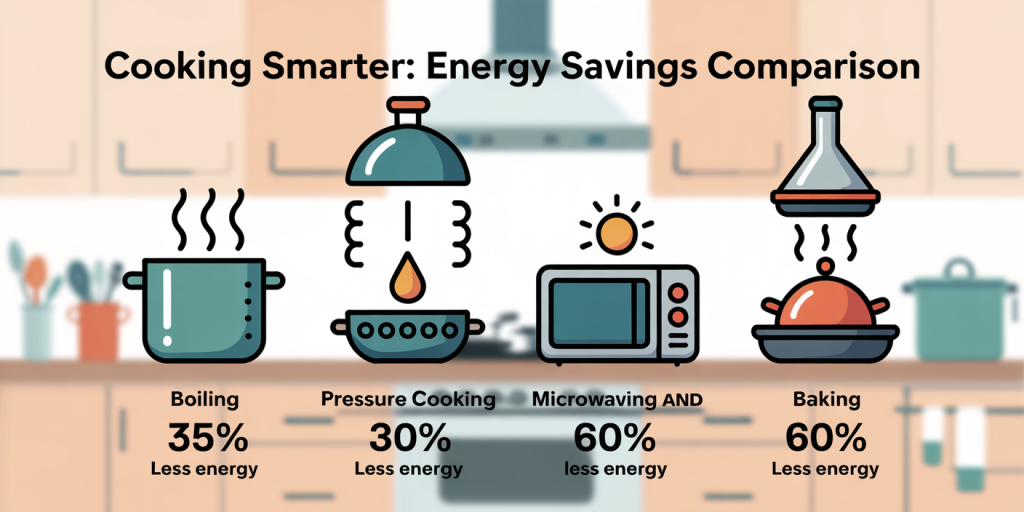
Investing in smart kitchen devices can also reduce energy usage. Smart ovens come with sensors to optimize cooking time and temperature autonomously, while smart thermostats on conventional ovens allow remote control to prevent accidental energy waste. Although initial costs may be higher, these technologies typically recoup investment within a few years through reduced utility expenses.
Energy-Efficient Cooking Habits: Meal Planning and Batch Cooking
Meal planning and batch cooking are practical habits that can drastically reduce energy consumption in the kitchen. Cooking multiple meals at once utilizes heat more effectively and cuts down the number of times appliances are switched on. For example, baking all meals requiring similar oven temperatures together minimizes warm-up cycles and maximizes thermal inertia.
Batch cooking soups, stews, and grains also allows you to reduce both cooking frequency and energy wastage. Using large-capacity slow cookers can be more energy-efficient than reheating leftovers multiple times on stovetops or microwaves. According to a study published in the Journal of Cleaner Production, slow cooking reduces total energy use by up to 40% compared to conventional cooking when preparing multiple-day meals.
Moreover, incorporating leftovers creatively decreases the need for additional cooking instances, as reheating requires less energy than fresh cooking. Practical meal prep rules like organizing ingredients beforehand and using timers ensure cooking happens efficiently, without needless extensions of appliance runtime.
Future Perspectives: Innovations and Sustainable Cooking Solutions
The future of energy-saving cooking lies at the intersection of technological advancement and sustainability-conscious cooking behavior. Emerging technologies such as solar ovens and induction cooking integrated with renewable energy sources showcase promising pathways toward near-zero energy costs and carbon footprints.

Solar cookers utilize concentrated solar energy to heat food, cutting out the need for electricity or gas. Countries like India and Kenya have seen local adoption of solar ovens, which save households an estimated 20-30% on cooking fuel costs while reducing indoor air pollution. Meanwhile, the global induction cooktop market is expected to grow at a CAGR of over 7% by 2030, fueled by advances that improve efficiency, safety, and affordability.
Smart kitchen systems powered by AI can optimize cooking sequences, temperatures, and appliance use tailored to individual household needs and energy grids, contributing to smarter energy distribution. The integration of IoT (Internet of Things) sensors offers real-time feedback and control, enabling users to minimize wastage instantaneously.
Additionally, government incentives promoting energy-efficient appliance purchases, cooking education programs, and sustainable ingredient sourcing are expected to deepen consumer engagement with eco-friendly cooking. As awareness around climate change intensifies, the kitchen becomes a vital battleground for energy conservation through both tech innovation and habitual shifts.
—
Adopting energy-saving strategies during cooking is a practical, impactful way for households to reduce energy consumption, decrease costs, and contribute to environmental sustainability. Understanding the energy dynamics of different cooking methods, optimizing appliance usage, maintaining and upgrading kitchen equipment, embracing efficient cooking habits, and keeping an eye on innovative trends together form a comprehensive approach to responsible cooking. With ongoing advancements and conscious consumer behavior, the future of cooking energy use looks poised for efficient and sustainable evolution.
